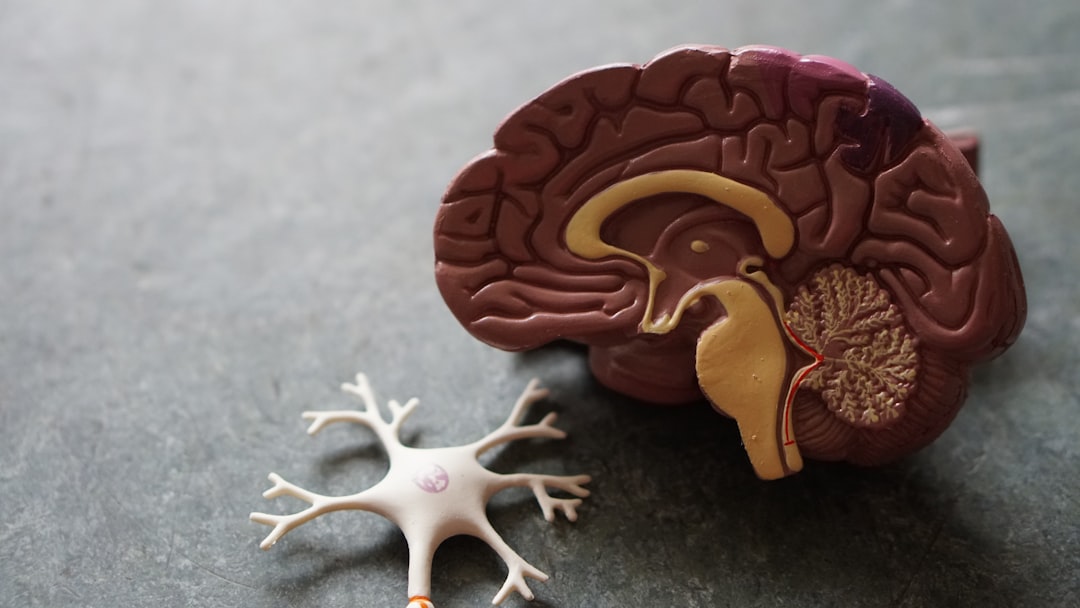What is it about?
Staphylococcus aureus is responsible for conditions ranging from boils and abscesses to life-threatening infections such as bacteremia and endocarditis. Even non-resistant S. aureus can withstand high concentrations of antibiotics- a bacterial subpopulation called “persisters”- which can lead to persistent infections that require prolonged hospital stays and often surgical interventions. We examined S. aureus obtained directly from a patient suffering from a difficult-to-treat infection and show that host-mediated stress and antibiotic exposure promote the formation of a persister phenotype with significant molecular changes. Using in vivo and in vitro experiments, combined with multi-omics analysis and enrichment of persisters, we reveal that low pH conditions produce an S. aureus phenotype that is, overall, metabolically active and virulent—but with a subpopulation of low-virulence, low-energy persisters that accumulate insoluble proteins and enter a type of dormancy. This dormant state is reversible, however, as regrown persisters regain the virulence and metabolic activity of the dominant phenotype. We also include a therapeutic approach to treat persistent S. aureus infections that combines retinoids with antibiotics and reduces persister populations in mice.
Featured Image

Photo by CDC on Unsplash
Why is it important?
So far, most studies on antibiotic persistence used laboratory strains grown in nutrient rich conditions. Here, we take a translational approach, analysing bacteria isolated directly from patients with difficult-to-treat S. aureus infections and mimicking host-stress conditions in vitro and in vivo. We studied a antibiotic susceptible S. aureus strains, sampled from patients suffering from persistent infections, and show that these clinical isolates form high levels of persister cells, tolerant to multiple antibiotics. We were able to enrich for the first time multi-drug tolerant S. aureus persisters from a clinical strain. Multi-omics analysis of the persister-enriched subpopulation enabled us to draw an atlas of molecular changes in these persisters and revealed the downregulation of pathways involved in virulence and cell division, and the upregulation of ribosomal proteins and certain metabolic pathways, such as nucleotide and amino-acid metabolism, highlighting the role of these pathways in maintaining the persister phenotype. Analysis of the physiological state of the persisters showed significant reduction in aconitase activity, ATP-depletion and accumulation of insoluble proteins, involved in transcription, translation and energy production, a novel finding in S. aureus. Regrowing these persisters in physiological media reverted this phenotype and resulted in a virulent and metabolically active phenotype. Finally, we tested various retinoid derivatives in combination with conventional antibiotics for their ability to decrease lag-phase heterogeneity, total bacterial load and persister levels in clinical S. aureus.
Perspectives
We hope that this study further underlines the importance to include clinical isolates and in vivo conditions to study antibiotic persistence. Additionally, linking laboratory observations and clinical problems should improve patient care in the future and help resolving the issue of antibiotic resistance developement- one of the major threats to mankind. Moreover, we hope our results open new avenues of mechanistic investigations on the role of specific genetic programs in adaptation to stress in the host and the formation of bacterial persisters.
Annelies Zinkernagel
Read the Original
This page is a summary of: Molecular reprogramming and phenotype switching in
Staphylococcus aureus
lead to high antibiotic persistence and affect therapy success, Proceedings of the National Academy of Sciences, February 2021, Proceedings of the National Academy of Sciences,
DOI: 10.1073/pnas.2014920118.
You can read the full text:
Contributors
The following have contributed to this page










